Communicating the War
Tet Offensive
The Tet offensive was a major turning point in the war. On January 31st, 1968, Viet Cong fighters stormed American and Southern Vietnamize lines. Cities that were controlled by the South were attacked and besieged. The ill prepared South Vietnamese and American troops were pushed back as the North penetrated their lines. Saigon, the South’s capital, was stormed. There, the American embassy was surrounded. Throughout the entire offensive, which lasted more than two months, war correspondents recorded and broadcasted the fighting. The American people witnessed firsthand the state U.S. forces were in. This caused uproar, leading positive public opinion of the war to plummet.
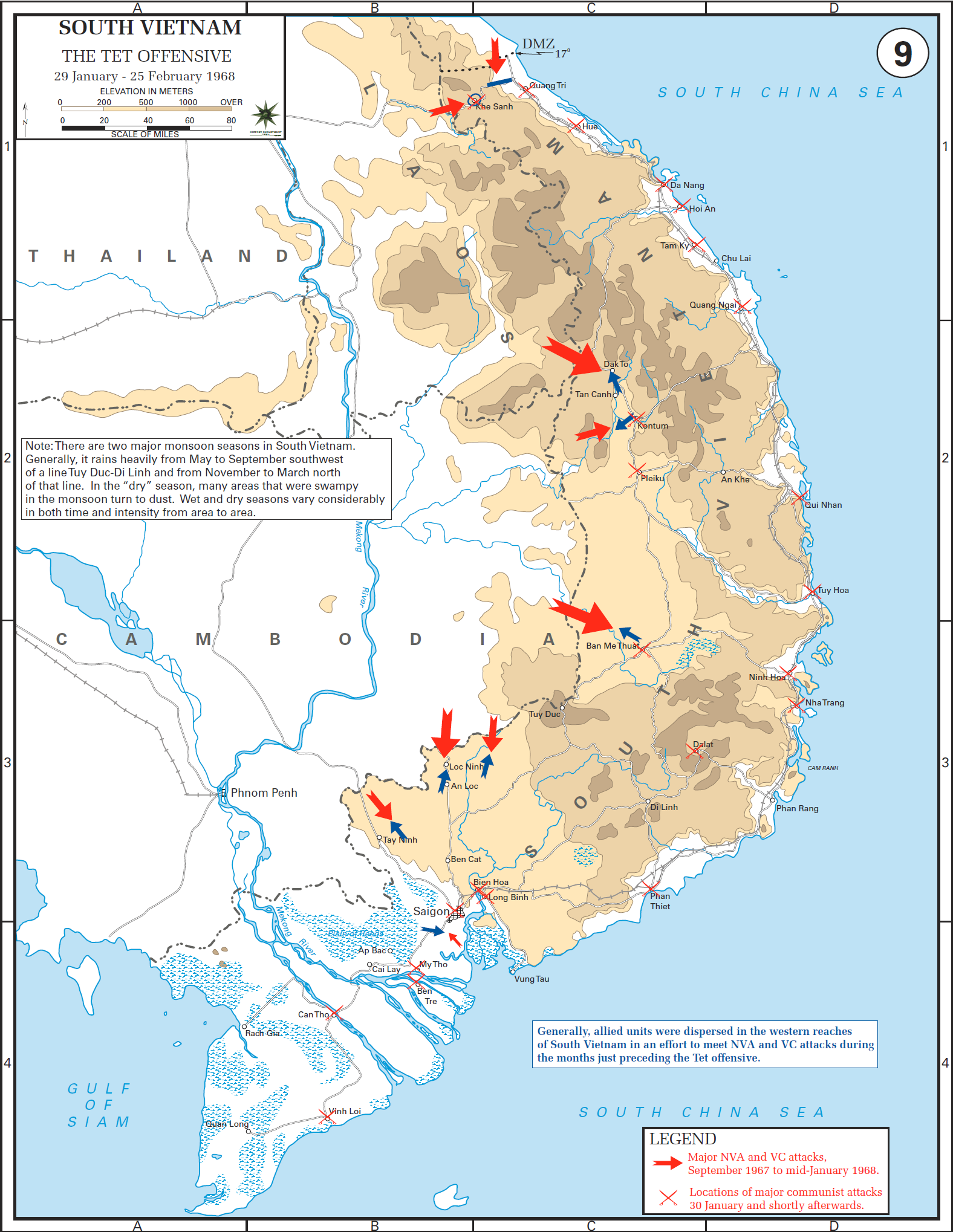
Tet Offensive
Photo Credit -Google Images
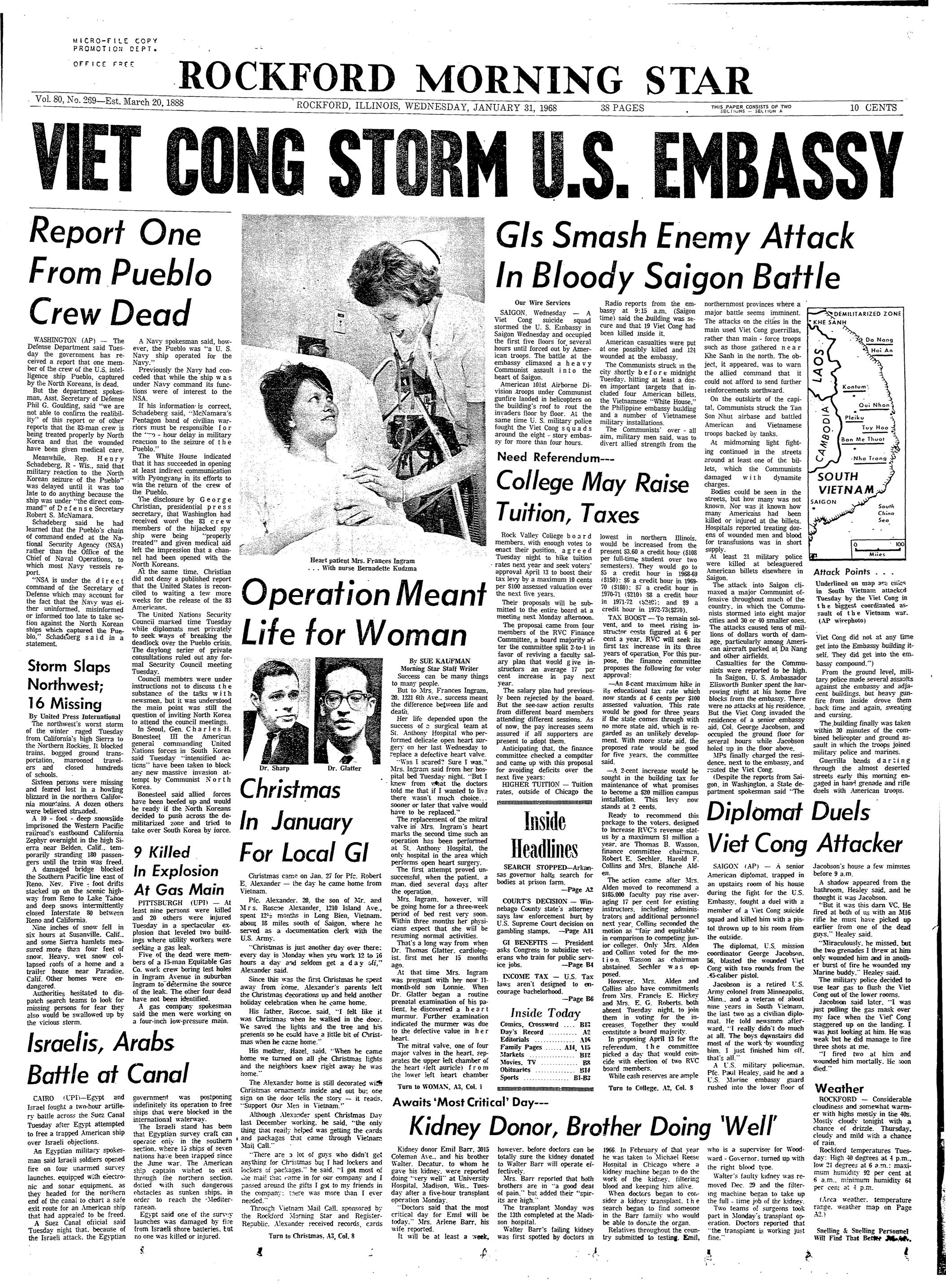
Newspaper showing the stroming of Saigon.
Newspaper Credit- Rockford Moring Star
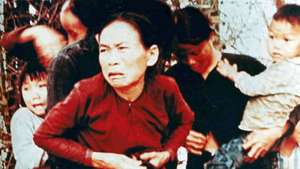
Violated Vietmanise Woman
Photo Credit- Britannica
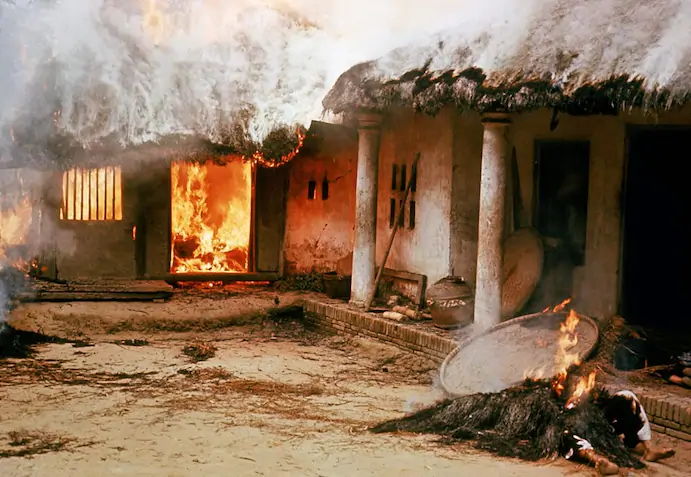
House on Fire
Photo Credit- Washington Post
My Lai Massacre
In the heat of war, an American squad entered the town of My Lai. Around four hundred women and children lived there. All but a few escaped the mass-genocide. The women were brutally gang-raped and killed. The children were rounded together and murdered. The massacre at My Lai was a terrible tragedy, and the soldiers involved believed their crimes went unnoticed. Unbenounced to them, pictures and film were secretly taken. Ron Ridenhour, a war journalist, communicated this information to Congress. He urged them to take action against Lieutenant Calley, the man who orchestrated the massacre. Subsequently, Calley received a life sentence. Without Ridenhour’s efforts to communicate the massacre to the American public, justice would not have materialized.
“He just stood there with big eyes staring around like he didn’t understand. He didn’t believe what was happening. Then the captain’s RTO (radio operator) put a burst of M-16 fire into him.” - Private First Class Butch Gruver, C Company
Ridenhour letter to Congress
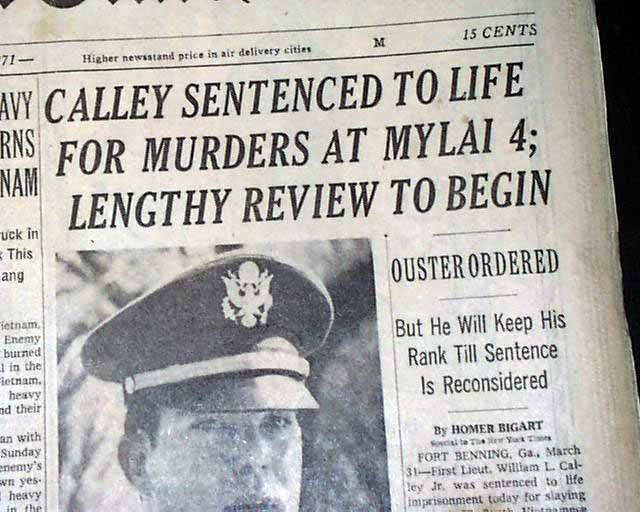
Newspaper showing Cally's sentance
Newspaper Credit- Homer Bigart, New York Times
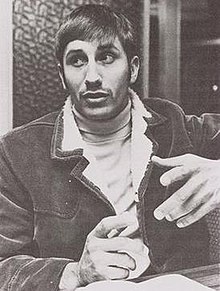
Ron Ridenhour
Photo Credit- famoustrials.com
Broadcast from Walter Cronkite
Video Credit-CBS
Media
Although most Americans did not fight in the war, they were all involved in Vietnam. Reporters and war-correspondents such as Walter Cronkite, painted a harsh picture of the reality of the war. This opened public discourse and caused division in America. Communicating America’s involvement in Vietnam became such a crisis to the government, that they censored journalists and the truth they told. However the truth could not be contained. Protests and riots took America by storm. Soon, nearly every American opposed the war. This was the last straw for the United States. American forces withdrew from Vietnam.
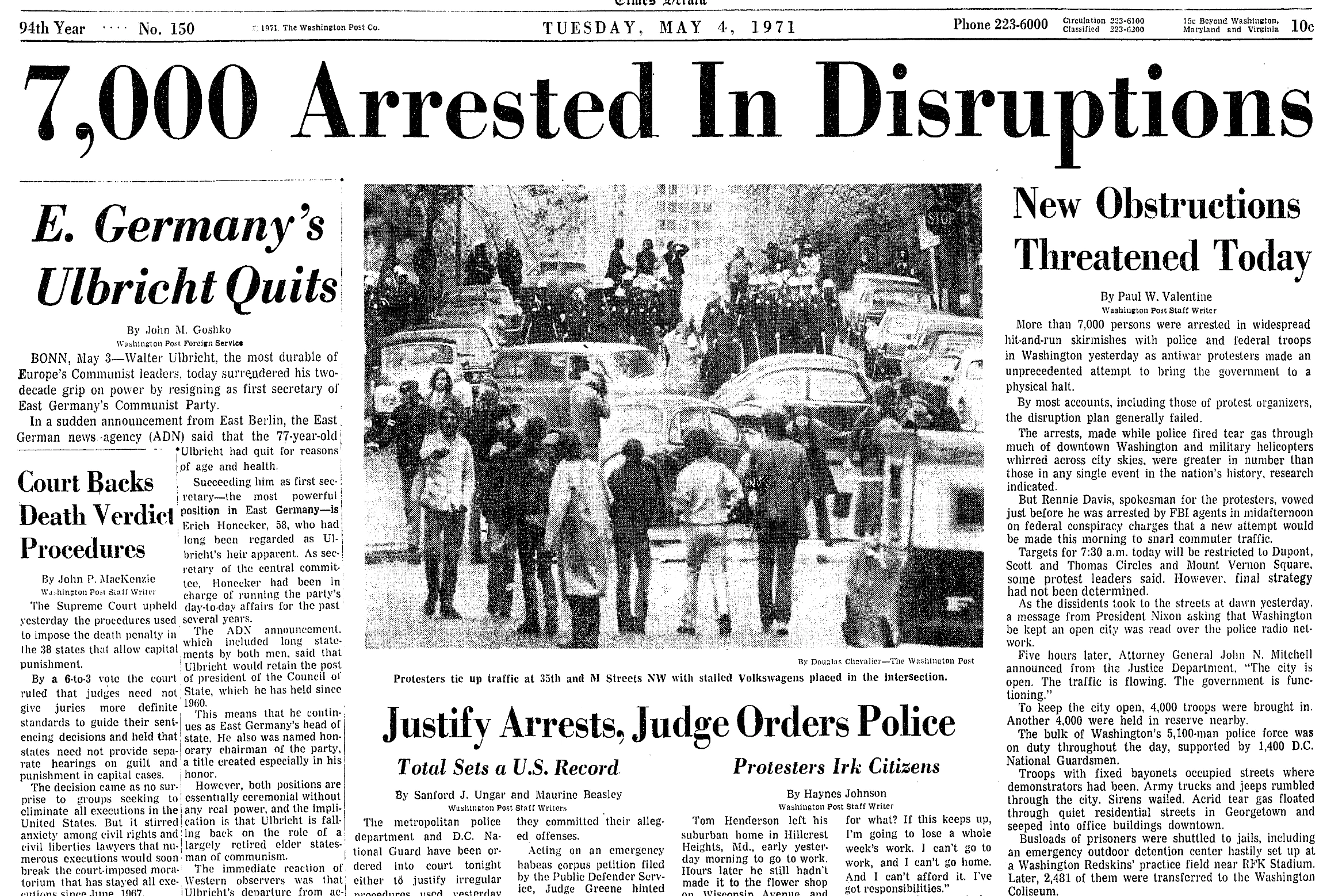
Newspaper Covering Protests
Newspaper Credit- Washington Post